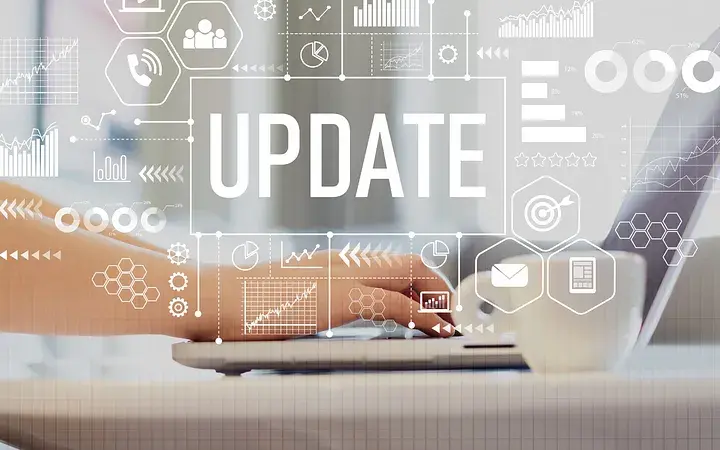Windows Logon Session Types: Network
Logon Type — Network Used to access a Windows resource (e.g. shared folder) from a system on the network.
2 min read
 Henry Zhang
:
Oct 21, 2024 7:00:00 AM
Henry Zhang
:
Oct 21, 2024 7:00:00 AM

For years, organizations have relied on Group Policy to manage and enforce security settings across their systems. While Group Policy can be an effective tool for controlling user and system behaviors, it wasn’t built to handle the dynamic, evolving landscape of modern cybersecurity. As threats become more sophisticated and IT environments grow more complex, relying solely on Group Policy exposes significant gaps in your security strategy.
Group Policy was originally designed for simpler, more predictable environments. It excels in enforcing basic settings across user accounts and devices but struggles to keep up with the fast-paced, cloud-based, and mobile-centric world of modern IT. The rise of remote work, the increasing use of cloud services, and the diverse mix of endpoints have all contributed to Group Policy’s limitations. These gaps leave room for misconfigurations, inconsistent security settings, and potential vulnerabilities that attackers can exploit.
One of the biggest challenges with Group Policy is its static nature. Once policies are configured and pushed out to devices, they often remain unchanged until manually updated. However, today’s cyber threats don’t wait for periodic updates. Attackers are constantly finding new vulnerabilities, and organizations need a more dynamic solution that can adapt in real-time. Relying on static configurations leaves you vulnerable to zero-day attacks and configuration drift, as security settings quickly become outdated.
Senteon offers a modern solution to overcome the limitations of Group Policy. By providing real-time security configuration management, Senteon ensures that your security settings are always aligned with the latest industry standards and best practices. Unlike Group Policy, Senteon continuously monitors your environment, making automatic adjustments when necessary to keep your systems secure. This dynamic approach eliminates the risk of static security policies, keeping your defenses strong no matter how quickly the threat landscape evolves.
With Senteon, security policies are not only enforced but are constantly updated based on real-time data. Whether you’re managing on-premise servers, remote workstations, or cloud-based applications, Senteon’s automated platform ensures that every device stays in compliance with your security requirements. There’s no need for manual updates or periodic checks—Senteon’s automation handles it all, giving your IT team time to focus on strategic initiatives rather than routine policy enforcement.
One of the core weaknesses of Group Policy is the lack of visibility into real-time changes. IT teams are often blind to configuration drift or unauthorized changes until an issue arises. Senteon’s real-time monitoring and change tracking features solve this problem by giving you full visibility into your environment. You’ll know immediately when changes are made, and if those changes violate your security policies, Senteon can automatically revert them, protecting your system from potential exploits.
As more organizations adopt hybrid work models, ensuring consistent security across on-premise, remote, and cloud-based systems is more critical than ever. Group Policy struggles to provide the flexibility needed to secure these diverse environments. Senteon’s platform seamlessly integrates across your entire IT infrastructure, ensuring that every endpoint—no matter where it’s located—is hardened against cyber threats. This consistency helps eliminate vulnerabilities that arise from employees working remotely or using personal devices.
Group Policy has served its purpose, but as your business evolves, your security strategy must evolve with it. Senteon’s advanced configuration management tools provide the dynamic, automated, and real-time approach needed to defend against modern cyber threats. Ready to take your security to the next level? Start your free evaluation with Senteon today at senteon.co/contact.html and discover how our platform can help you stay ahead of threats while simplifying your security management.
Logon Type — Network Used to access a Windows resource (e.g. shared folder) from a system on the network.
SeBackupPrivilege — Back up files and directories Determines which users can bypass file and directory, registry, and other persistent object...

In an era where cyber threats are constantly evolving, regular system updates stand as a cornerstone of cybersecurity. This blog offers a detailed...